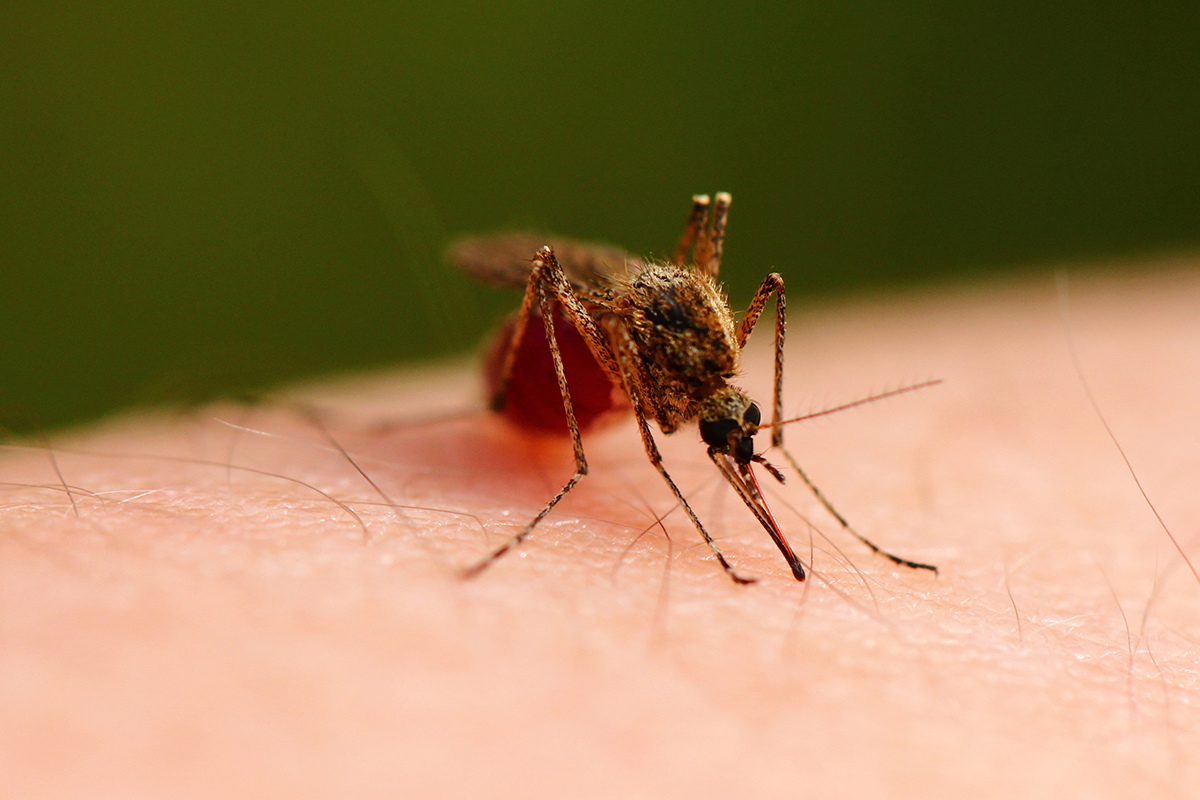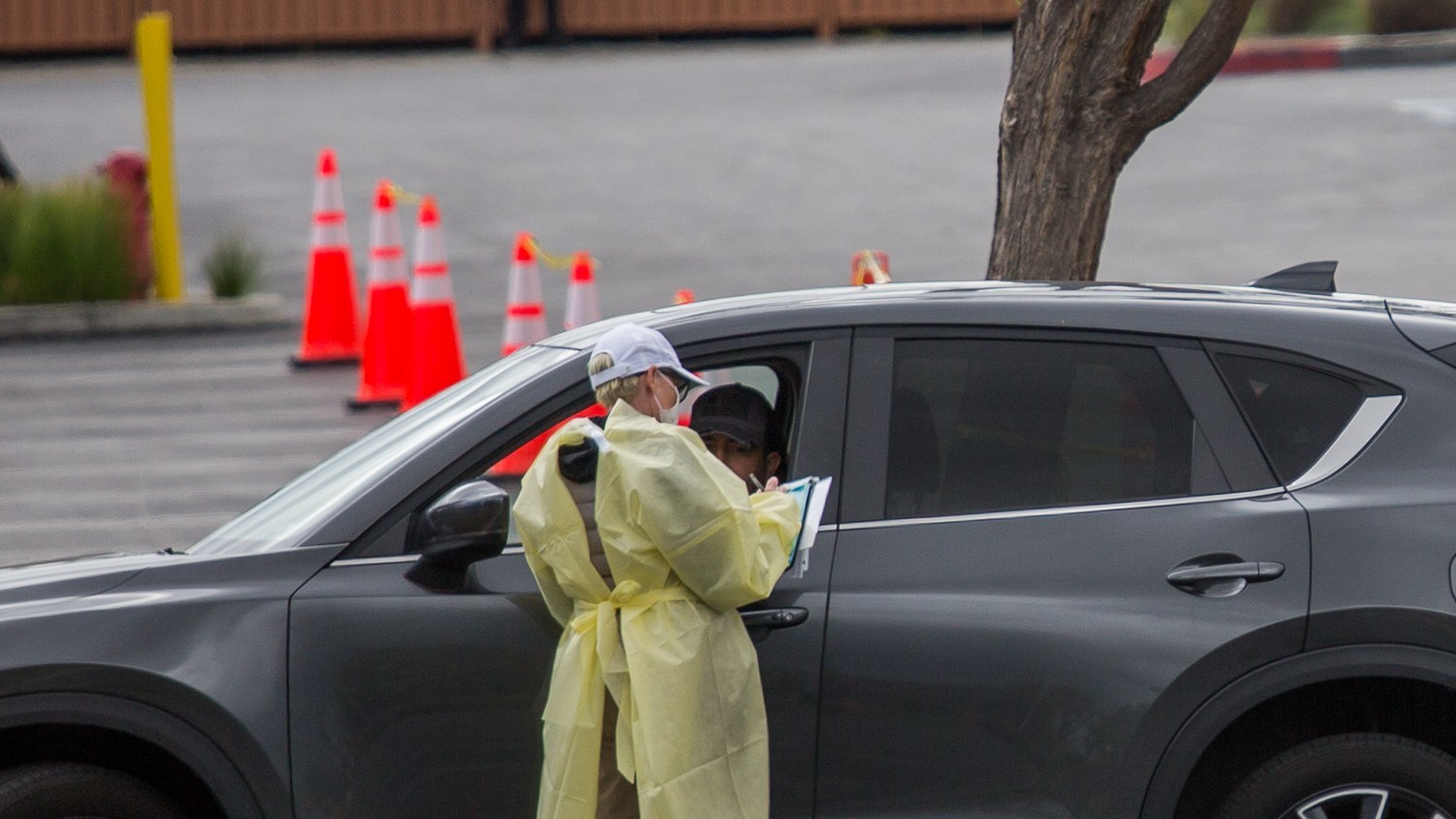
Summer is almost here and most people are overjoyed. However, summer in Southern California provides the perfect environment for a deadly species to thrive: the mosquito, carrying the West Nile Virus.
Before a recent Santa Ana City Council Financing Authority meeting, Jared Dever, the Director of Communications for West Nile Virus Prevention for Orange County Vector Control, gave a short presentation regarding the mosquito issue in Orange County.
“The first victim of the West Nile Virus [in O.C.] in 2017 has been identified and confirmed to be from Santa Ana,” Dever said.
Eighty percent of those infected with the virus show no symptoms at all. Those who do become ill will develop a fever and other flu-like symptoms. About 1 percent of the infected develop a serious, sometimes fatal, illness. There are no vaccines or medication to treat the virus.
OCVC estimates that the population of mosquitoes carrying the West Nile Virus has surpassed the one million mark. About 75 percent of that population currently resides in the city of Santa Ana. They live in underground storm drains, where mildew and standing water provide them with ideal living conditions.
Of the 58 counties in California, Orange and Los Angeles County led the state in overall confirmed human cases of the West Nile Virus in 2016. In California, there were a total of 442 confirmed cases last year. L.A. County accounted for 151 and O.C. accounted for 32 cases.
Because there is no known cure or treatment for the virus, the Center for Disease Control states that the best way to avoid infection is to use mosquito repellent when necessary.
“An easy thing that residents can do is to make sure that there is no standing water around their homes,” Kimo Morris, associate professor of biology Santa Ana College, said. “For those that have decorative water bodies, like ponds, the Orange County Vector Control personnel can provide specialized fish that can control mosquito larvae – these fish are called mosquitofish.”
OCVC provides multiple services in an effort to reduce the mosquito population. The agency prefers methods that are safe for the environment, such as placing natural predators in mosquito habitats, primarily the mosquitofish and two different types of microorganisms.
Only when these predators are unable to control the mosquito population, will the OCVC begin to use chemical control in their habitats.
To reduce the risk of being infected, SAC’s Coordinator of Student Health Rebecca Barnard suggests that students use common sense. “Stay away from stagnant puddles and dead birds,” said Barnard. “If you’re out on a hike, it makes sense to put on mosquito repellant.”
On campus, it’s hard to say that any one policy will completely remove the risk of West Nile Virus for students. “You can’t say, ‘Get rid of all puddles,’ that’s not reasonable. But, if students see an area with stagnant water and there seems to be a lot of mosquitoes, they should let maintenance know,” Barnard said.
- West Nile Virus Season Is Here - May 23, 2017












